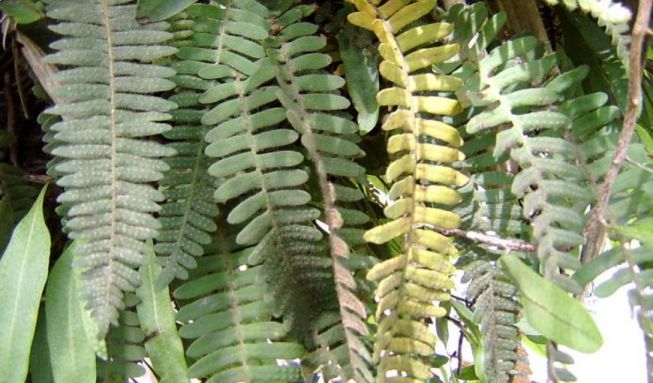The ferns are a group of vascular plants (having tubes and a transport system) that lack seeds. The leptosporangic ferns are the most diverse group after the flowering plants of all land plants

About 100 million years ago, flowering plants took over the earth and thus pushed aside pine trees and many other non-flowering plants, which until then dominated the natural landscape. However, there was an exception to the suppression of non-flowering plants: leptosporangic ferns - ferns with spore-producing organs (spores) that split open, cast and throw the spores into the air - continued to thrive.
The ferns are a group of vascular plants (having tubes and a transport system) that lack seeds. The leptosporangic ferns are the most diverse group after the flowering plants of all land plants. Today they make up 9,000 of the 11,000 species of vascular-flowerless-plants. Only after the flowering plants became dominant on the land surface did the leptosporangic ferns undergo processes that led to such wide variation and diversity.
By deciphering and reconstructing the evolution of ferns using DNA and fossil data from more than 400 species, scientists have shown that these ferns often found new homes among the branches of new species in the rainforests, where, 55 million years ago, they began to split into thousands of new species "mounted" trees. The results of the study are published in the journal PNAS in the July 2009 issue.
Sources
